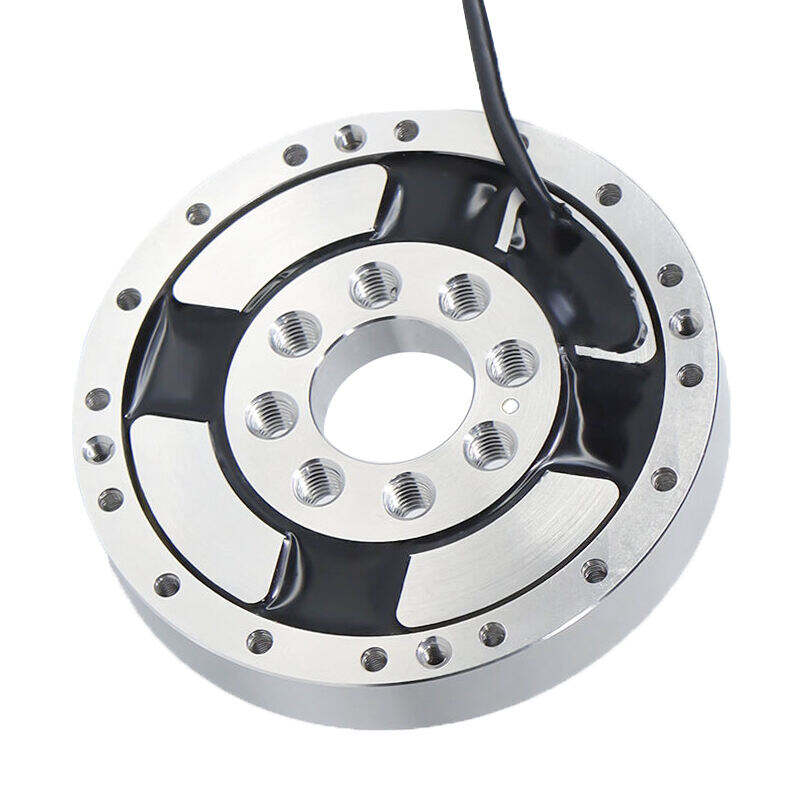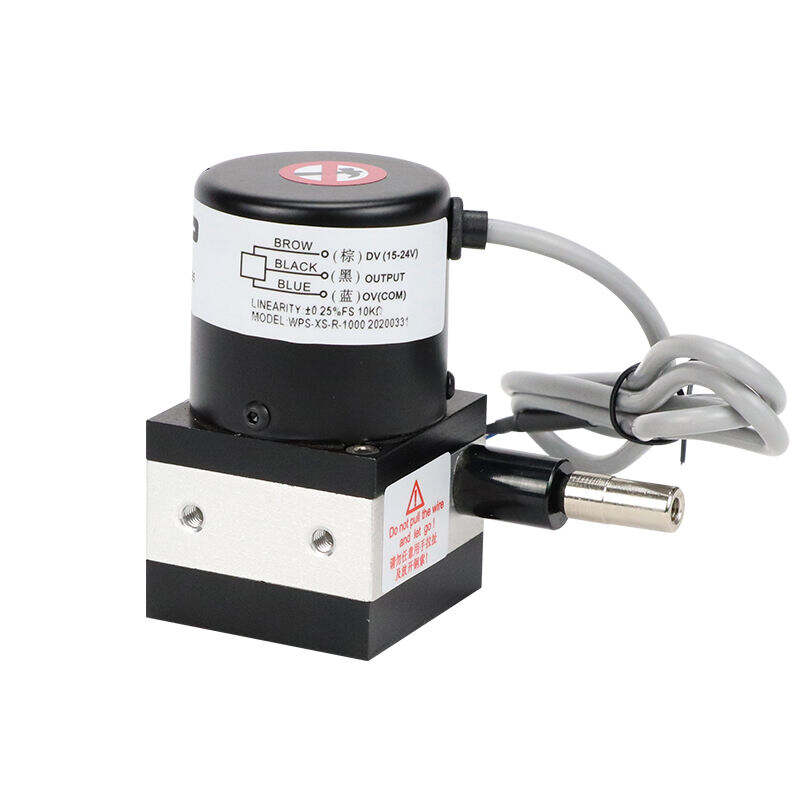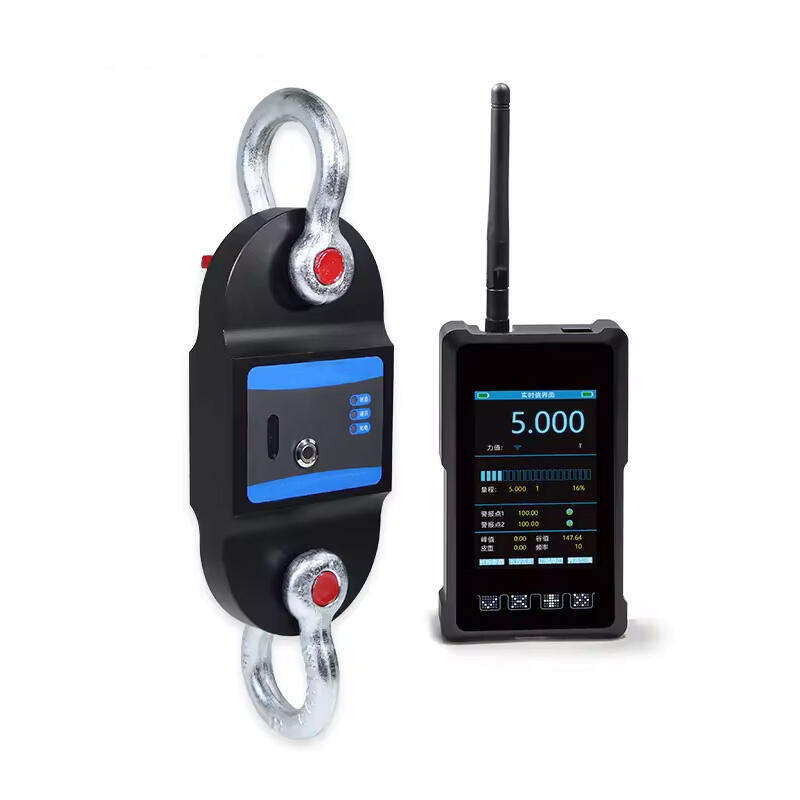High precision load cell
High precision load cells represent cutting-edge technology in force measurement and weight detection systems. These sophisticated devices convert mechanical force into electrical signals with exceptional accuracy, typically achieving precision levels of 0.03% or better. Operating through strain gauge technology, these load cells utilize specialized sensors that detect minute deformations in the cell's material when force is applied. The electrical output is proportional to the applied force, enabling precise measurement in various applications. These devices are engineered with temperature compensation features and built-in error correction mechanisms, ensuring consistent performance across diverse environmental conditions. High precision load cells are extensively used in industrial weighing, laboratory research, quality control processes, and automated manufacturing systems. Their robust construction, typically using high-grade stainless steel or alloy materials, ensures longevity and maintains calibration stability over extended periods. These devices can handle measurement ranges from a few grams to several tons, making them versatile tools for multiple industries. Modern high precision load cells often incorporate digital interfaces for seamless integration with control systems and data acquisition equipment, enabling real-time monitoring and automated process control.


